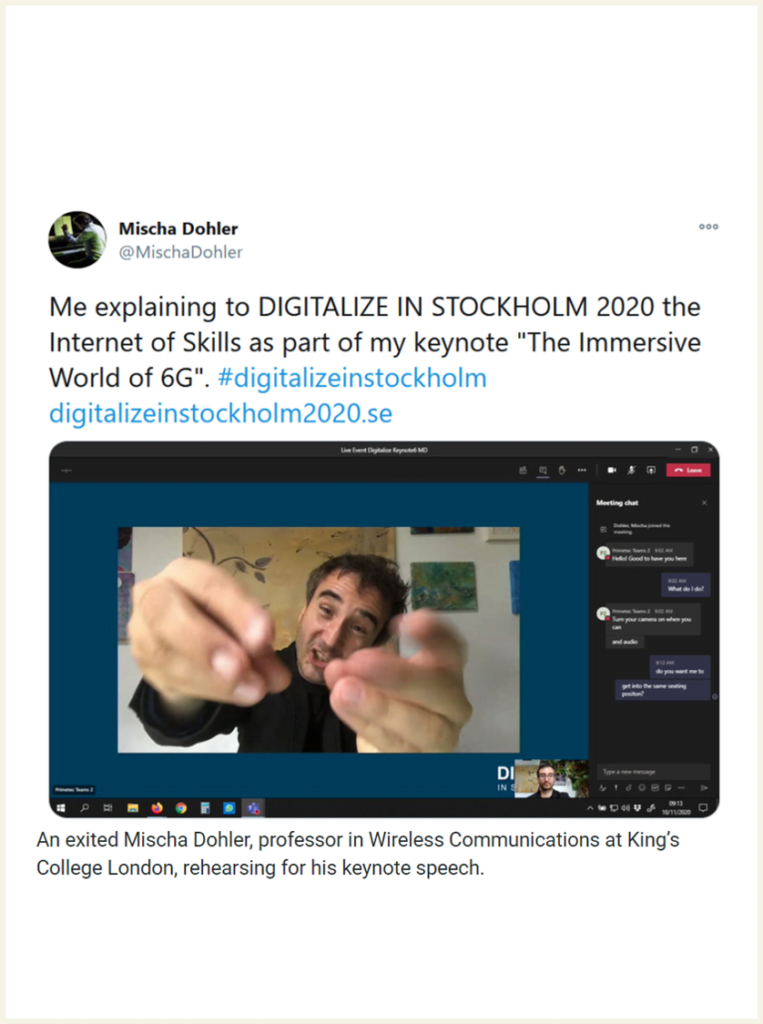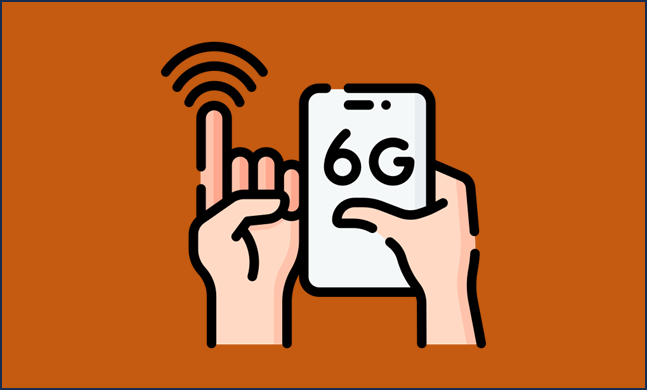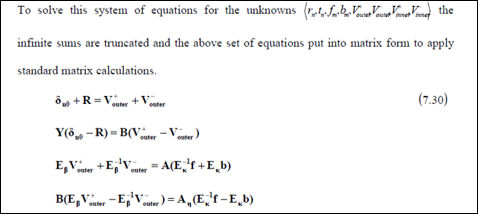
Research For Impact
20 years of my 30 years career were dedicated to research, and I loved every moment of it! I have always strived for impact, trying to uncover new research areas and then making impact through patents, publications & keynotes, standards, techno-policy contributions and – whenever possible – a startup.
I supervised more than a hundred MSc and dozens of PhD research theses, and inspired some students to become academics and leaders of their own right. I have also published more than 300 peer-reviewed articles, many books and book chapters.
From a research point of view, I contributed to and co-pioneered three research fields: 4G/5G/6G Protocols and Architectures; the Internet of Things; and the Internet of Skills. They are explained in more detail below, and I am particularly proud of having ensured that parts of my inventions made it to the market.
I am recognized as a Top-1% Cited Scientist globally across all science fields and all times by a Stanford / Elsevier study and have an h-index of 78 as per Google Scholar.
4G, 5G & 6G

I have worked on IS-95 with COSSAP (pre 2G days!) in Dresden, then 2G & 3G at King’s, then 4G at France Telecom & CTTC, then 5G & 6G at King’s and now Ericsson. Over the years, I have pioneered and contributed to many techniques, protocols and architectures:
- Cooperative Communications: The idea was to form virtual antenna arrays via spatially close mobile phones or base stations. It is – in modified form – now part of the 3GPP standard known as CoMP and MTRP.
- Decoupled Up & Downlink: The idea was to have the uplink and downlink be served by different base stations due to the transmit power imbalance. It can be realized in 3GPP through various ways.
- Non-Orthogonal Multiple Access: The idea was to use Shannon principles to transmit data in a non-orthogonal manner. Now known as NOMA, it is being discussed in 3GPP.
- Docitive Networks: I extended the idea of cognitive (learning) radios to docitive (teaching) radios by re-using AI configurations from Reinforcement Q-Learning. It later became Transfer Learning!
Internet of Things

The field of IoT had been pioneered in the 90s but never truly took off. I – alongside others – played an important industry role to get the field moving. I made academic contributions, helped bootstrap IoT standards, cofounded one of Europe’s largest IoT company, etc:
- Research: The idea was to use the control channel in the uplink to transmit low rate information for the IoT. It is now known as Uplink Grant and adopted in 3GPP for low latency communications.
- IoT Standards: I cofounded ETSI M2M which became OneM2M, one of the leading voices to industrialize IoT. I also contributed to IETF ROLL which is a low-power multi-hop IoT standard used for Zigbee++.
- Company: When most PPTed about the IoT, I cofounded the B2B IoT company Worldsensing. It is now one of Europes largest privately held IoT companies. We initially focused on industrial monitoring, carbon sequestration and smart cities.
- Education: I published numerous peer-reviewed articles and books on the topic of the IoT and M2M. I evangelized the field through keynotes and courses.
Internet of Skills

My vision and dream as of 2016 was to democratize access to skills and build an “Internet of Skills”. Focus was to leverage on the 5G low latency capabilities and connect robots, including soft robots, which could execute tasks for humans remotely:
- Research: I pioneered the concept, along with many protocol and architecture solutions, leveraging on 5G URLLC and haptic codecs.
- Standards: I co-pioneered the formation of an IEEE standard on haptic codecs, including both kinesthetic as well as tactile codecs. I felt that we needed an “MP4 for touch”. Work is ongoing.
- Demonstrations: I evangelized the field through a set of societally important proof of concepts. The most notable is in the area of robotic surgery where the Internet of Skills enables access to high-end medical skills in underserved areas.
- Commercialization: As of 2023, we are now bringing the concept of the 5G-enabled robotic telesurgery Internet of Skills to the U.S. market, in close collaboration with the entire medical ecosystem and the FDA.

Selected Journals
AI and Generative AI:
- “Telecom’s Artificial General Intelligence (AGI) Vision: Beyond the GenAI Frontier,” IEEE Network, accepted 15 July 2024.
- “LTE-Advanced Self-Organising Network Conflicts and Coordination Algorithms,” IEEE Wireless Communications Magazine, Year: 2015, Volume: 22, Issue: 3, Pages: 108 – 117.
- “Docitive Networks – An Emerging Paradigm for Dynamic Spectrum Management,” IEEE Wireless Communications Magazine, Vol 17, Issue 4, pp. 47-54, 2010.
5G-Enabled Robotic Telesurgery:
- Technical and Ethical Considerations in Telesurgery,” Journal of Robotic Surgery, accepted, December 2023.
- “The Internet of Skills: The use of 5th Generation Telecommunications, Haptics, and Artificial Intelligence in Robotic Surgery,” BJU International, Sept 2018.
6G Telecommunication Networks:
- “Empowering the 6G Cellular Architecture with Open RAN,” IEEE JSAC, accepted for publication.
- “Six Critical Challenges for 6G Wireless Systems: A Summary and Some Solutions,” in IEEE Vehicular Technology Magazine, vol. 17, no. 1, pp. 16-26, March 2022.
- “6G Wireless Systems: Vision, Requirements, Challenges, Insights, and Opportunities,” in Proceedings of the IEEE, March 2021.
Selected Patents
Cooperative Communications & Relay Systems:
- A. Saadani, Mischa Dohler, “On advanced relaying schemes,” filed by France Telecom R&D, 2007.
- Mischa Dohler, A.H. Aghvami, F. Said, S.A. Ghorashi, “Virtual Antenna Arrays and distributed cooperative communication systems,” filed by King’s College London, 2001.
Internet of Things:
- T. Watteyne, Mischa Dohler, I. Augé-Blum, S. Ubeda, “Utilisation de coordonnées virtuelles et de transformation centroïde pour le routage dans les réseaux de capteurs,” filed by France Télécom R&D, 2007.
- J. Lu, F. Valois, D. Barthel, Mischa Dohler, “Procédé pour organiser un réseau d’objets communicants,” filed by France Télécom R&D, 2006.
- T. Watteyne, A. Bachir, Mischa Dohler, D. Barthel, I. Augé-Blum, “A low-energy adaptive cross-layer communication protocol for avoiding 1-hop neighborhood knowledge,” filed by France Télécom R&D, 2006.
Dynamic Spectrum Sharing:
- M. Ghozzi, Mischa Dohler, “Detection and Estimation of Primary System for Cognitive Radios,” filed by France Télécom R&D, 2007.
- M. Ghozzi, Mischa Dohler, M. Arndt, “Test for vacancy of frequency band,” filed by France Télécom R&D, 2006.


Selected Standards
ETSI:
- ETSI Private Distribute Ledger Working Group, 2019 – ongoing; see published book.
- “Very high capacity density BWA networks; System architecture, economic model and technical requirements,” ETSI TC BRAN, TR 101 534, March 2012.
- “Machine to Machine Communications (M2M); Threat Analysis and Counter-Measures to M2M Service Layer,” ETSI TC M2M, TR 103 167
IETF:
- “A Security Framework for Routing over Low Power and Lossy Networks,” IETF Requirement Draft for Routing over Low Power and Lossy Networks (ROLL), 2012.
- “Routing Requirements for Urban Low-Power and Lossy Networks,” RFC 5548, May 2009.
IEEE, O-RAN & ISO
- IEEE 5G Tactile Internet & Haptic Codecs WG, 2015-ongoing.
- ISO Smart City Working Group, 2014-2016.
- S Saunders & M Dohler, O-RAN Open Radio Access Network, 2019.
PhD Thesis

Mischa Dohler, “Virtual Antenna Arrays,” PhD Thesis, King’s College London, University of London, London, UK, 2003.
Diploma

Mischa Dohler, “A Novel Statistical Indoor Model,” Diploma in Electrical Engineering, TU-Dresden, Dresden, Germany, 2000.
MSc Thesis

Mischa Dohler, “An Outdoor-Indoor Interface Model for Radio Wave Propagation for 2.4, 5.2 and 60 GHz,” MSc, King’s College London, 1999.